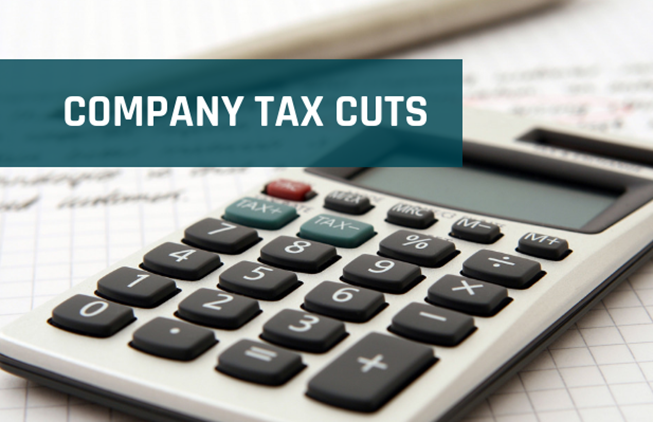
After much flip-flopping on the promise to lower corporate tax rates, legislation was passed to accelerate the enterprise tax plan for corporate entities.
By 2022, the tax rate for a company with an aggregate turnover of less than $50m will be 25%. This new legislation is to be implemented using a stepped approach over the next 4 years, as per the table below:
| Year | Aggregated turnover threshold (ATT) | Tax Rate | |
| Bare rate entity under ATT | All other corporate entities | ||
| 2017 – 18 | 27.5% | 30.0% | |
| 2018 – 19 to 2019 – 20 | 27.5% | 30.0% | |
| 2020 – 21 | 26.0% | 30.0% | |
| 2021 – 22 | 25.0% | 30.0% | |
A company is eligible for the lower tax rate provided the new base rate entity definition below is met:
- have an aggregated turnover of less than the threshold in the respective year, and
- have no more than 80% of their assessable income as base rate entity passive income*.
*Passive Income includes: portfolio dividends, franking credits, non-share dividends, interest income, royalties and rent, income from trusts and partnerships, net capital gains, gains on qualifying securities
Change in the tax rate, also means a change in the rate of franking credits attached to a dividend. Under the new legislation, a dividend declared by a company will be franked at the eligible tax rate of the financial year in which the dividend is declared. Eligibility will be determined based on the entity’s prior year turnover. Therefore, the income tax rate may be different to the rate dividends are franked in a given year.
While the tax concessions bring about a long-term relief for corporate entities, corporate taxpayers should review their income tax and dividend strategies for the 2018- 19 and future income years to ensure it is in line with their long-term goals.


